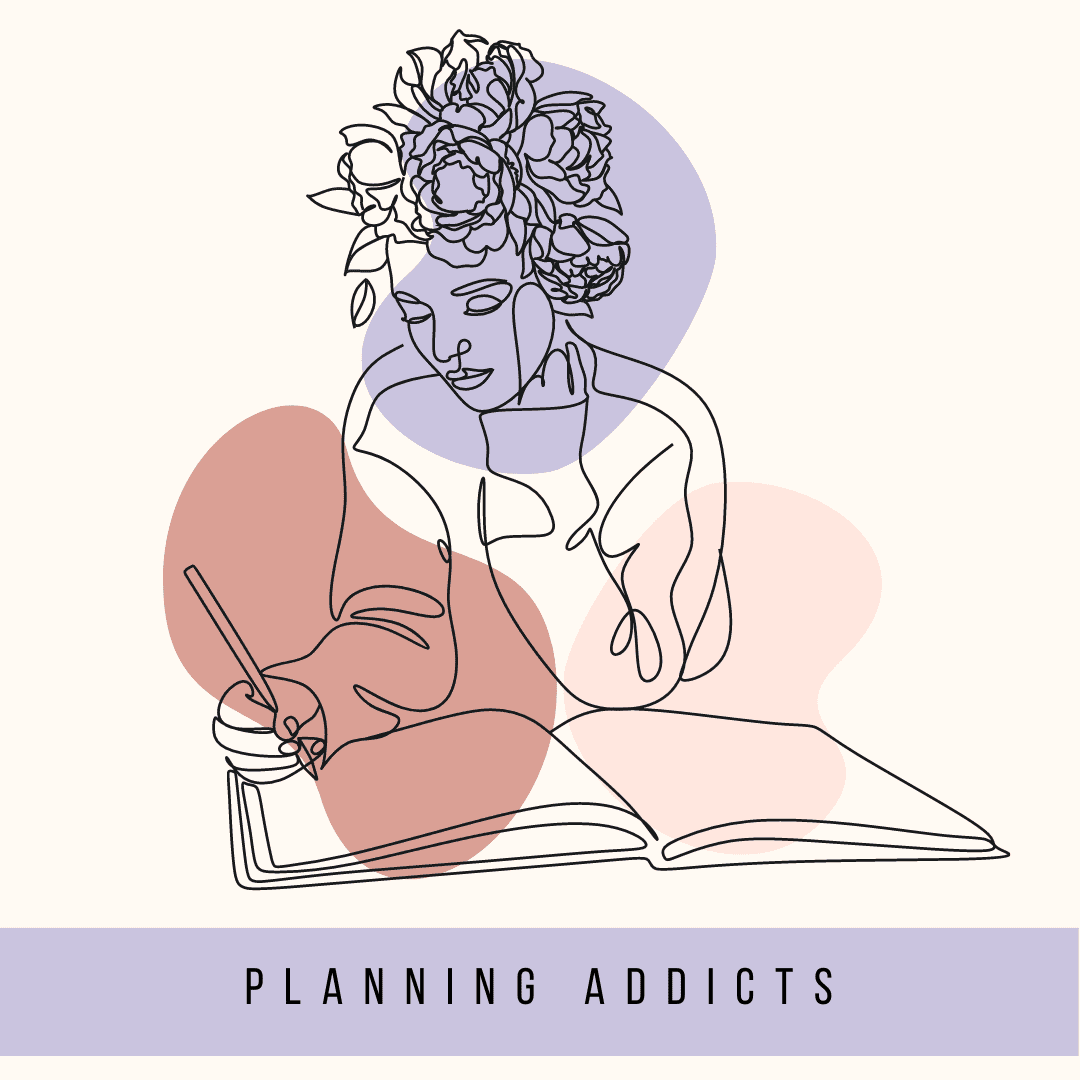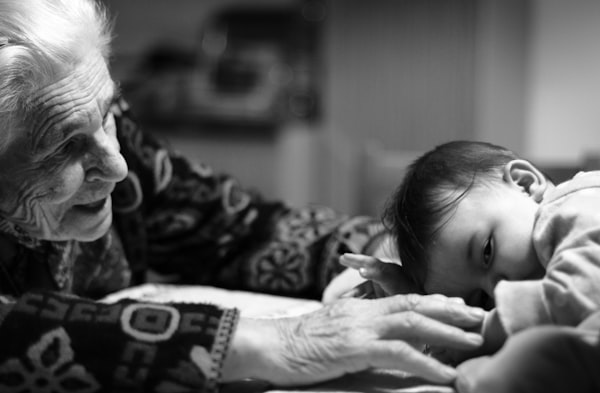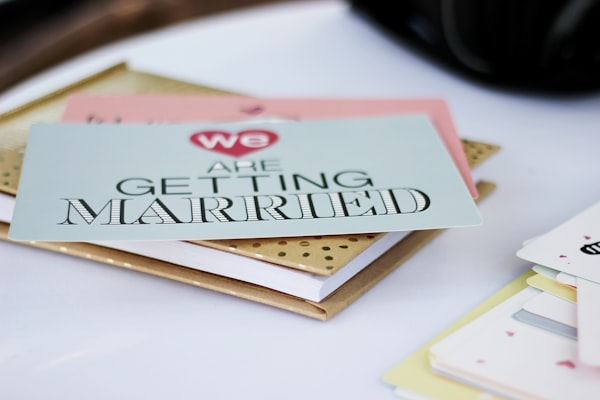The Psychology of Color: Can Colors Really Affect Our Mood?
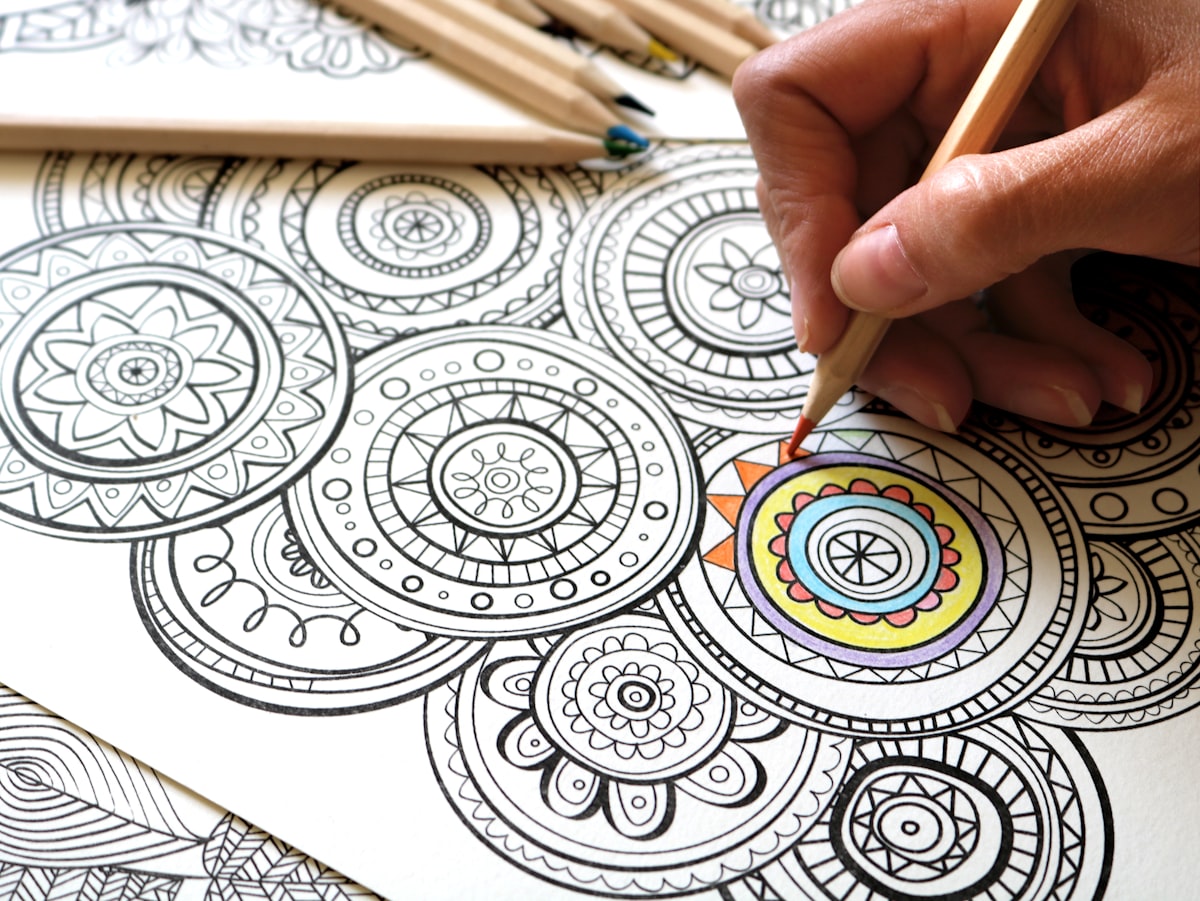
We've all heard the concept that red makes you angry and so you shouldn't have red walls! But is there any truth in this? Can a color really affect our mood? And if so, how can we use color to help us? I know I feel great when I wear my favorite blue sweater, but why?
We are going to delve into the subject of color psychology to get some insight into how the colors around us impact our emotions and actions. Maybe you should stop and think before you paint that wall!
Color Therapy
The way we see and perceive color each day greatly impacts our lives, though it does so on a mostly subconscious level. Understanding color psychology and how colors can be useful to help relieve anxiety and stress is a way to make the most out of the atmospheres that surround you.
Why Colors Impact Us Emotionally
Seeing various colors can evoke emotion in us due to connections with real-life experiences as well as how we feel a color is interpreted. While some colors are bright or dark by nature, others are muted or paler in comparison, allowing for drastically different interpretations.
Color Psychology in Marketing
Color psychology is one of the most common tricks used in marketing in order to encourage shoppers to make purchases or to remember brands and advertisements a brand is currently running
The color green is often used with companies that are trying to promote sales or work with money (such as banks or financial apps). The color green helps to encourage shopping while also putting trust in the brand, relating the color itself to money.
In many corporate situations, businesses choose to go with the color blue, as it symbolizes trustworthiness and professionalism. Because of the neutrality and trustworthiness associated with the color blue and businesses, companies such as Facebook, Twitter, and even Reddit have all defaulted to using the color blue to draw in new users while keeping the attention of current ones.
Peaceful and Calming Colors
Peaceful and calming colors are also found in advertising and marketing along with plenty of pampering and soothing products, such as colored candles and colored lighting, on the market. Popular peaceful and calming colors include pale and light blues and greens, along with deeper muted versions of the colors.
Blue and green often symbolize serenity and a sheer sense of calmness, ideal for office or bedroom settings where the goal is to either remain focused or relaxed.
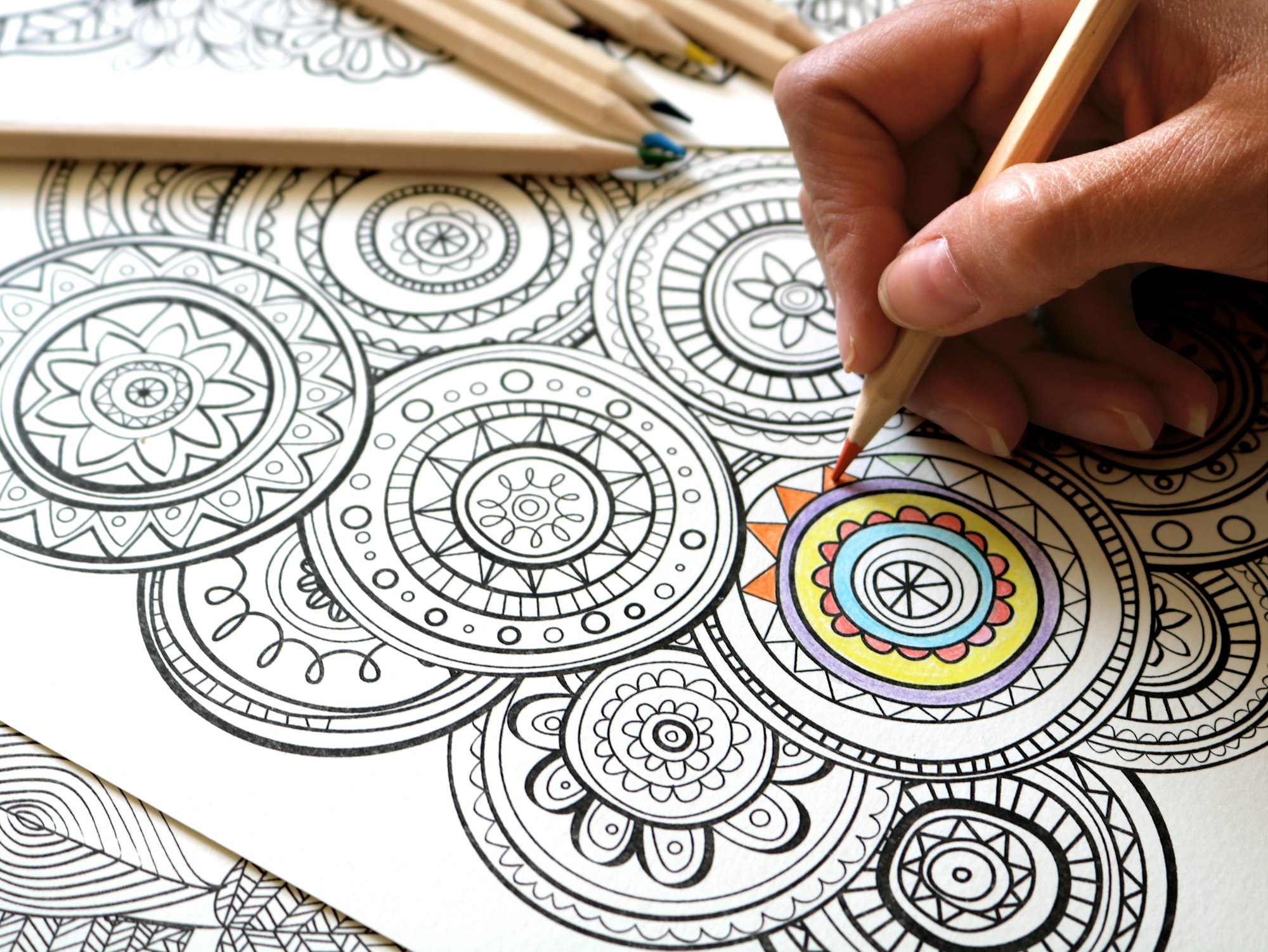
Coloring Books for Adults
Once you have a basic understanding of color psychology and how colors impact your mood, consider coloring books for adults to help alleviate stress and worry while allowing you to relax and unwind.
Adult coloring books are great ways to integrate soothing colors while calming the mind and reducing the amount of anxiety you feel at any given time. Additionally, coloring books are affordable on most budgets and provide plenty of opportunities to get creative in your downtime.
Becoming more familiar with colors and how they typically make us feel is a great way to rearrange decor in the home or change up an entire wardrobe.
Surrounding yourself with the right colors and including additional positive external influences such as an adult coloring book is a way to relieve anxiety and stress while allowing you to remain relaxed, focussed and at peace.
Whether you are fixing up your bedroom, picking out a dress for your friend’s wedding or coloring in your adult coloring book or journal, you now have something to think about when choosing your colors. The funny thing is that once you start noticing colors more, they almost seem to become stronger. I guess this comes back to the idea of mindfulness.
When we place our undivided attention on something, we can appreciate it more fully. Why not carry out a color psychology experiment? Simply spend a week being actively aware of color in different situations and jot down anything that you notice in your journal. Who knows what you might uncover.
